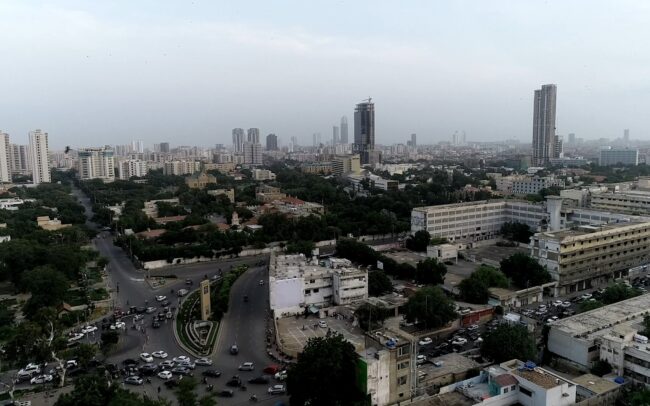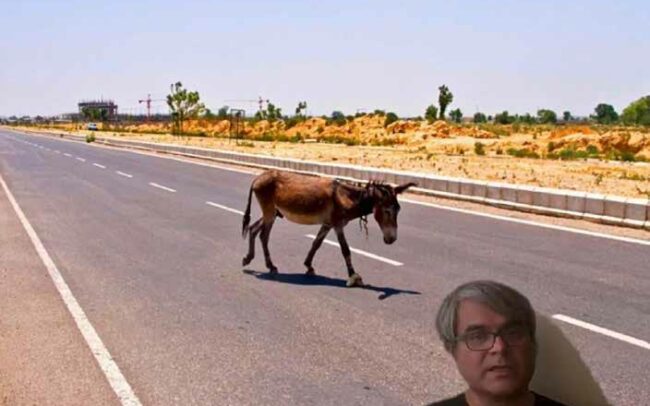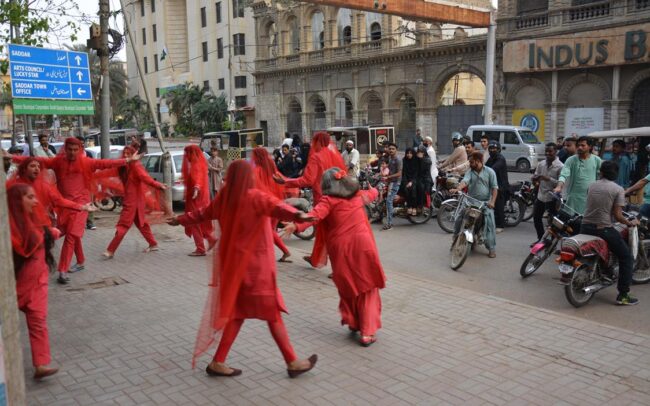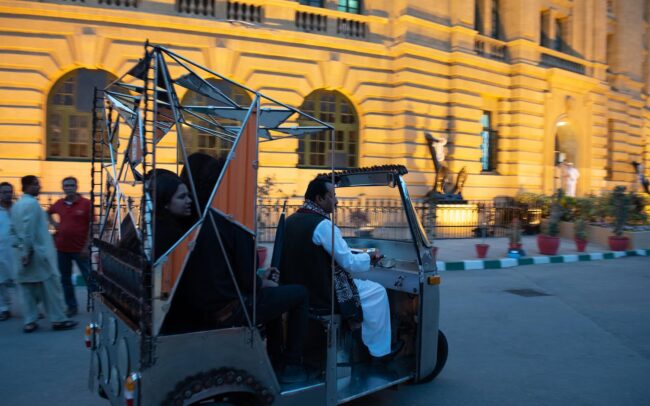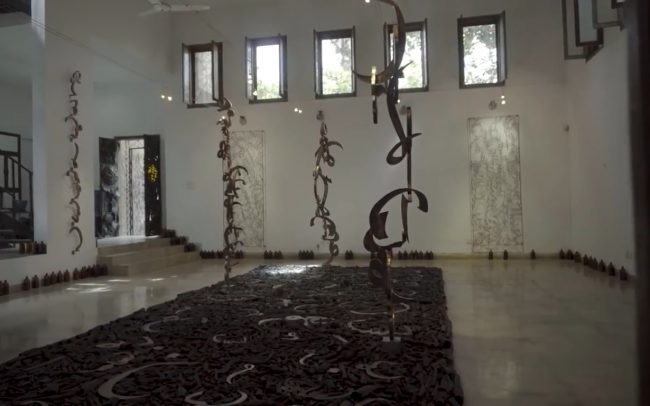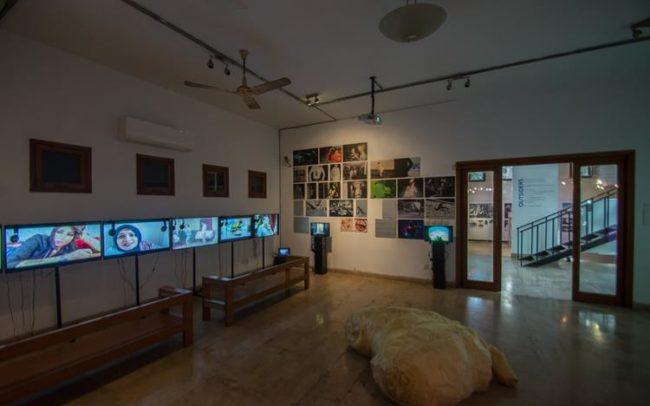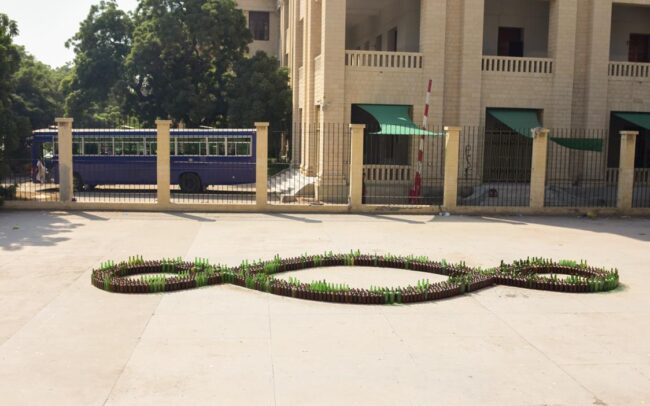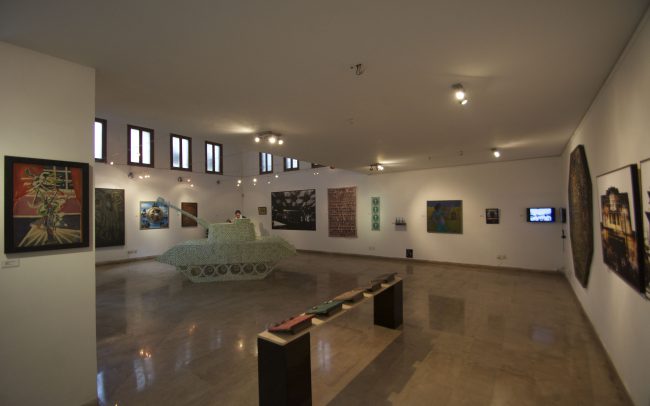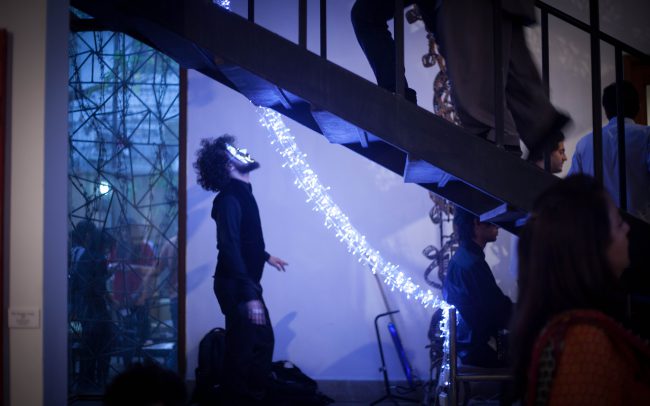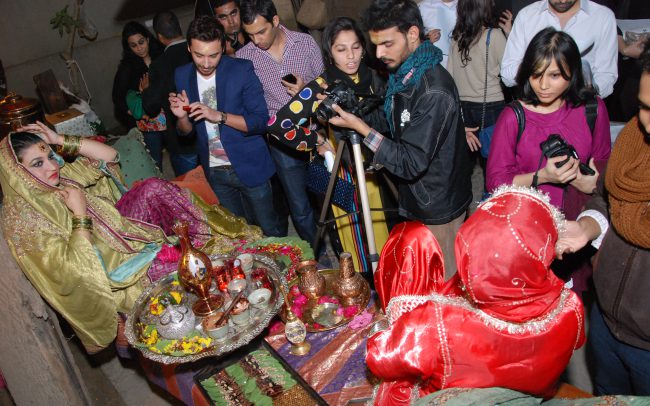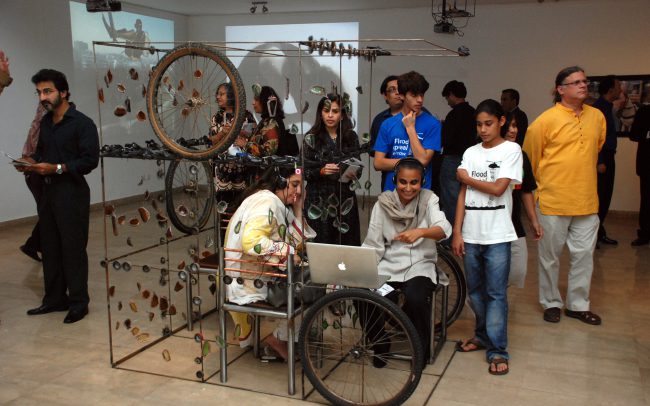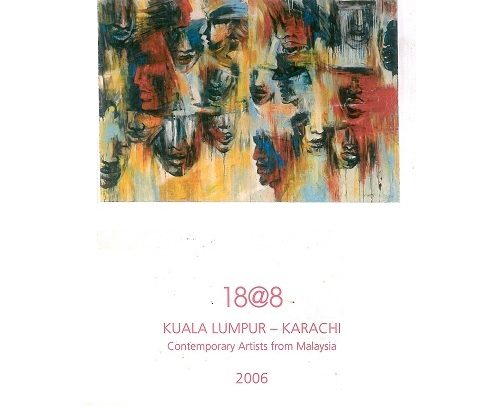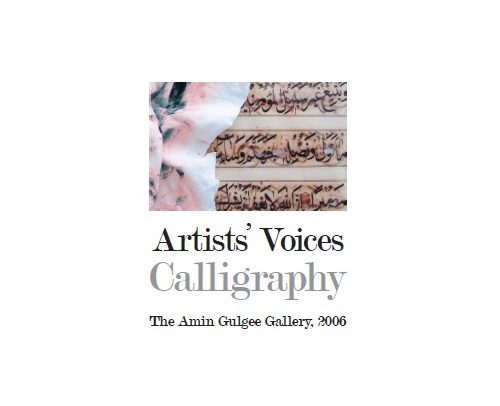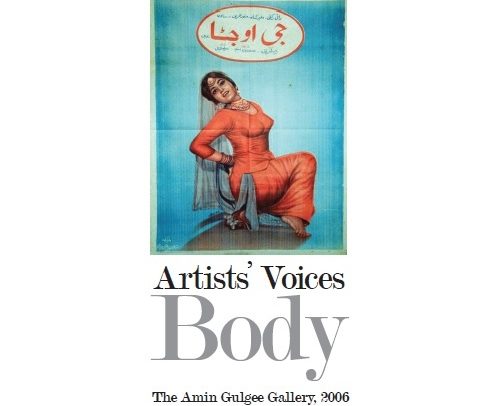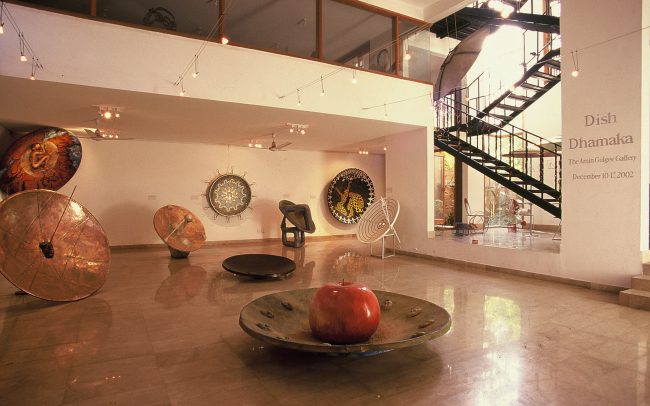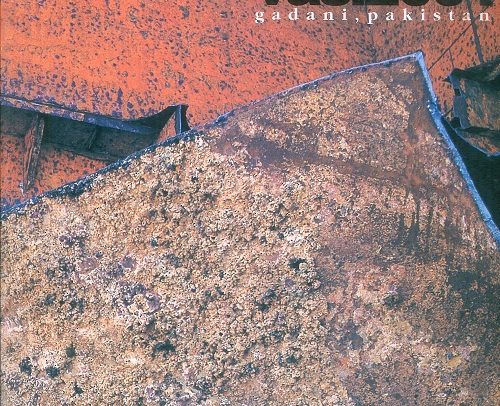AMIN GULGEE GALLERY | CURATORIAL
Amin Gulgee launched Amin Gulgee Gallery in 2000 with an exhibition of his own sculpture, “Open Studio III.” The artist continues to display his work in the gallery, but also sees the need to provide a space for non-commercial and thematic exhibitions of his contemporaries. The gallery regularly collaborates with independent curators to realize large-scale projects. Amin Gulgee Gallery is a space open to new ideas and different points of view.
The gallery’s second show took place in January 2001. It represented the work created by 12 artists from Pakistan and 10 artists from abroad during a two-week workshop in Baluchistan. The local artists came from all over Pakistan; the foreign artists came from countries as diverse as Nigeria, Holland, the US, China and Egypt. This was the inaugural show of Vasl, an artist-led initiative (of which Amin Gulgee was a founding trustee) that is part of a network of workshops under the umbrella of the London-based Triangle Arts Trust.
The third show at the gallery, which took place in the spring of 2002, was titled “Uraan” and was co-curated by art historian and founding editor of Nukta Art Niilofur Farrukh and gallerist Saira Irshad. A thoughtful, catalogued survey of current trends in Pakistani art, this was an exhibition of 100 paintings, sculptures and ceramic pieces by 33 national artists.
Later that year, Amin Gulgee himself took up the curatorial baton with “Dish Dhamaka,” an exhibition of works by 22 Karachi-based artists focusing on that ubiquitous symbol of globalization: the satellite dish. This show highlighted the complexities, hopes, intrusions and sheer vexing power inherent in the production and use of new technologies.
In 2003, Amin Gulgee presented another major exhibition of his sculpture at the gallery, titled “Charbagh: Open Studio IV.” This was followed a year later by a one-man show dedicated to Italian creator Gino Marotta, one of the fathers of contemporary design and environmental art.
The gallery’s sixth and seventh shows were a pair co-curated by Amin Gulgee and artist and art critic Sheherbano Husain. For these shows, the two curators asked over 30 artists from across Pakistan to create one work inspired by Islamic calligraphy and another inspired by the human body. The back-to-back exhibitions were accompanied by the publication of twin scholarly catalogues bearing the exhibitions’ titles, Artists’ Voices: Calligraphy and Artists’ Voices: Body (Oxford University Press, 2006). That same year, the gallery hosted the exhibition “18@8: Kuala Lumpur to Karachi,” which was curated by the eminent gallerist Lim Wei-Ling and was accompanied by a catalogue. The show highlighted contemporary works in multiple media from the urban heart of Malaysia.
“Imag[IN]ing Cities” marked the gallery’s entry into the second decade of our new century. For this exhibition, Amin Gulgee Gallery joined forces with SPARCK, a pan-African program of cutting edge artists’ residencies, exhibitions, publications, film and video productions and performances that was founded in 2007 by Cape Town-based artist and academic Kadiatou Diallo and Paris-based art historian Dominique Malaquais. An exhibition of video, photography and sound pieces by over 50 artists from across Pakistan and the breadth of the African continent, this was the first-ever, large-scale encounter between new media artists from Africa and South Asia.
In January 2013, the gallery hosted two shows. The first was an exhibition of Amin Gulgee’s latest body of work, “Open Studio V: Through the Looking Glass,” the first major showing of his sculpture in Pakistan in a decade. The show travelled later that year to a gallery in New Delhi, India and is documented by a catalogue. “Open Studio V” was followed up a week later by a curatorial effort by Amin Gulgee at the gallery. Called “Riwhyti: One Night Stand,” this happening was a two-hour, simultaneous enactment of 23 performance works by more than 30 Karachi-based artists.
In March 2014, the gallery hosted “FRESH!” Co-curated by Amin Gulgee, Raania Azam Khan Durrani and Saba !qbal, this was an exhibition of 68 Pakistani artists age 30 and under from across Pakistan that was accompanied by a 150-page catalogue produced by PeaceNiche. A generational survey show, “FRESH!” included painting, photography, video, sound and performance works by Pakistan’s most promising new artists. In December of the same year, the gallery presented “Dreamscape.” Co-curated by Amin and Zarmeené Shah, this was an exhibition of installation and performance art by over 50 artists from Karachi and Lahore. The gallery launched the accompanying catalogue in December 2015.
In March 2016, Amin Gulgee Gallery presented “The 70s: Pakistan’s Radioactive Decade.” Amin Gulgee and co-curator Niilofur Farrukh asked over 40 artists from across Pakistan and its diaspora to meditate on that momentous decade in Pakistan’s history. The exhibition included the work of artists who lived at the time as well as younger artists who could only imagine Pakistani life then. It included painting, drawing, sculpture, installation, video, sound and performance. (An accompanying book will be published by Oxford University Press in 2018.) Gulgee and Farrukh teamed up again in 2017 to organize Karachi Biennale 2017, the city’s inaugural biennale. Farrukh was the CEO and Managing Trustee of KB17 and Gulgee a Trustee and its Chief Curator. ( KB Curatorial )
In April 2018 Amin Gulgee Gallery presented two shows. The first was “7: Open Studio VI.” This was a presentation of Amin’s latest body of work that traveled the following month to the Galleria d’Arte Moderna and MACRO in Rome, Italy for a four-month run. The second was “Outsiders.” This was a collaboration between the gallery and the Goethe-Institut Pakistan. The exhibition featured the traveling exhibition “Geniale Dilletanten,” curated by Mathilde Weh and Leonahard Emmerling, a comprehensive survey of urban subcultures in the Germany of the 1980s. Rooted in German art schools, punk and Dada, the movement represented a radical departure from the mainstream, marked by cross-genre experimentation. Amin Gulgee and fellow curators Zarmeené Shah and Zeerak Ahmed composed a response to the German show, exploring notions of sub/counter-culture in Pakistan from the 1960s to the present day as encountered in music, television, film, fashion, photography, painting, performance and social media.

